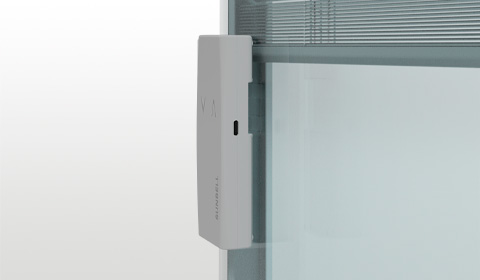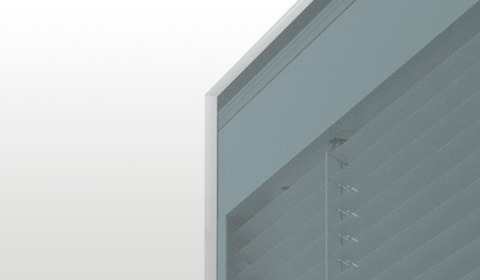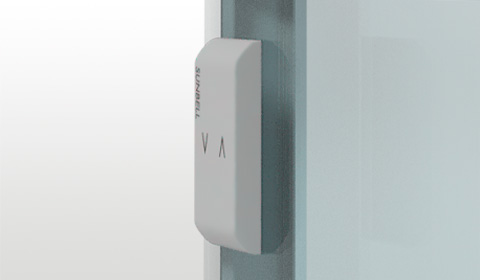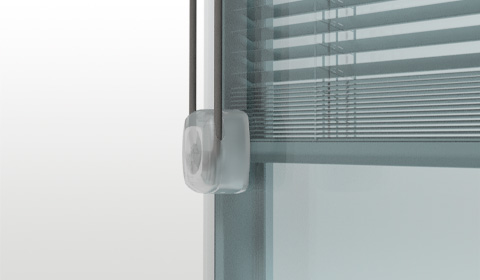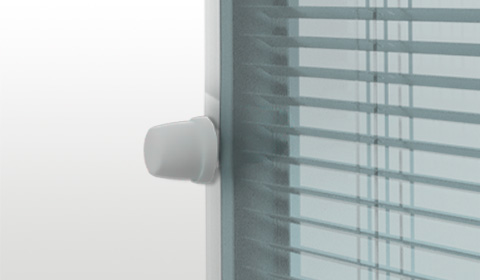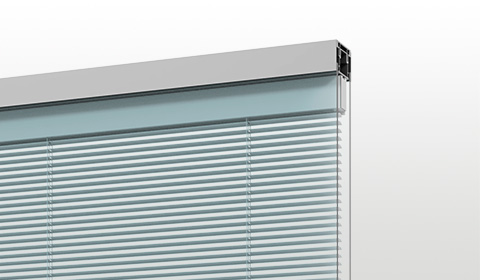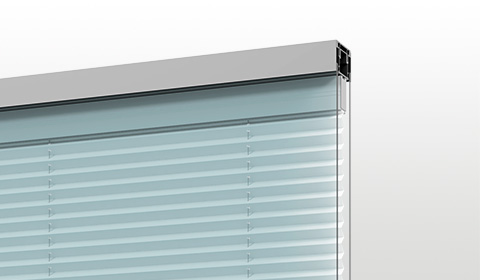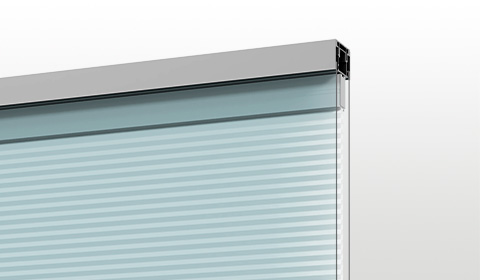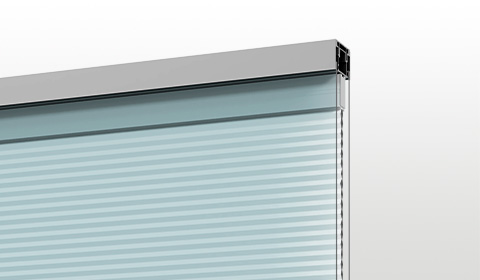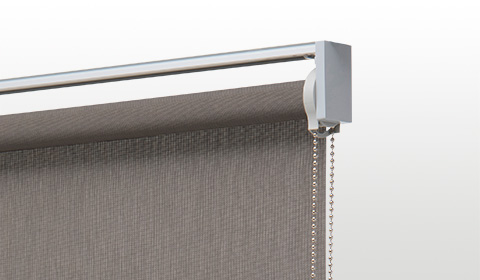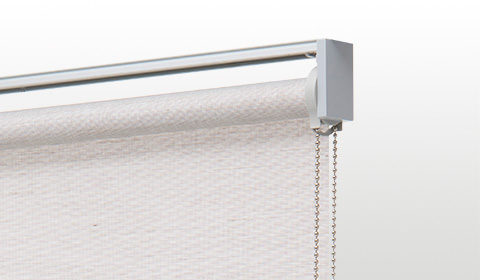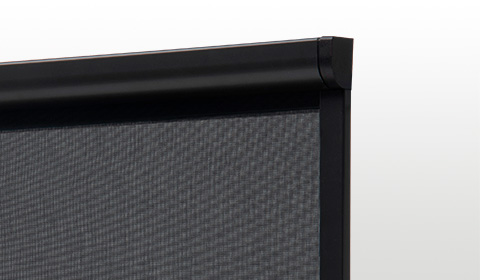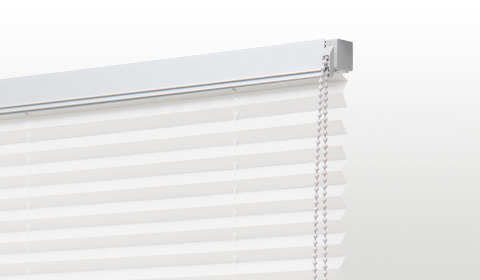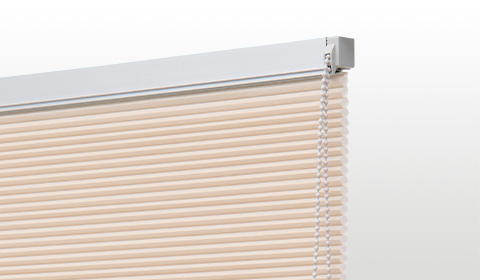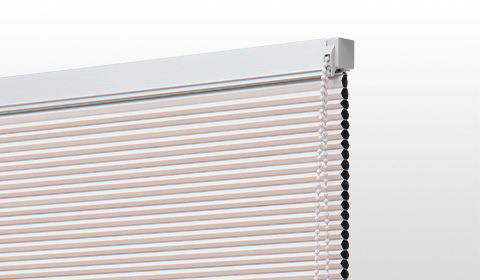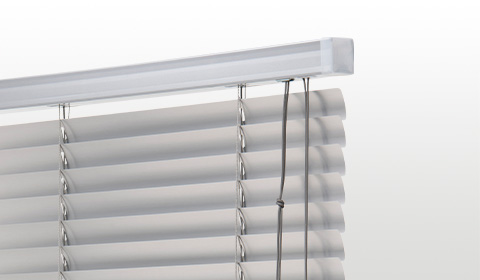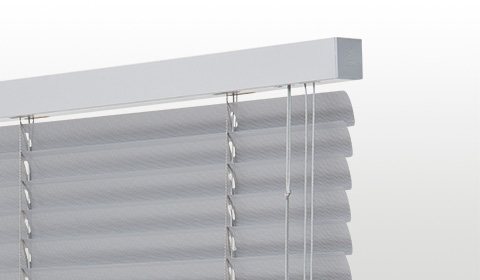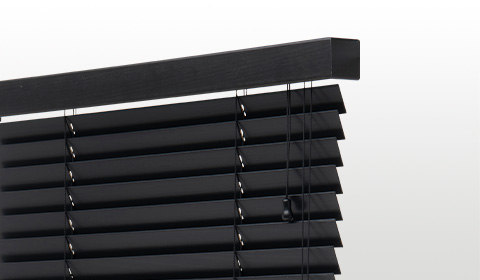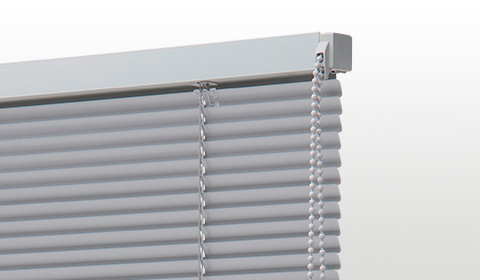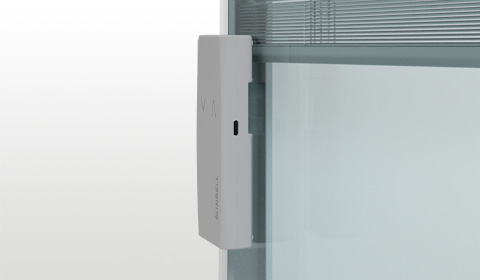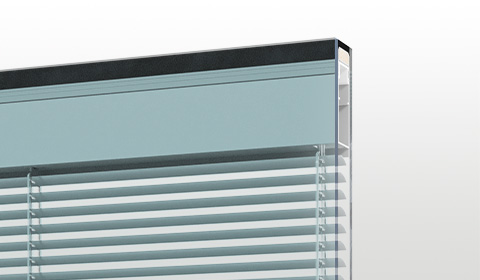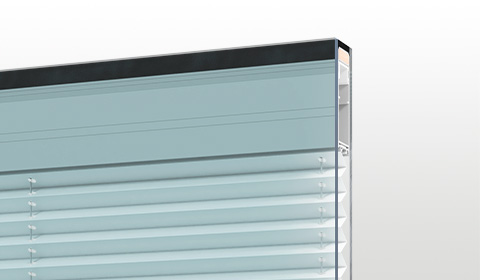When thinking about redesigning a home, adding new furniture, or even just accessories, it can be difficult to imagine the effect a particular element might have on the space or add to the feeling of a room.
What happens if the sofa we saw in the showroom that we liked so much turns out to be out of place in the room where we wanted it?
There is already a solution, which is becoming increasingly popular, to address this issue, and it’s a tool that wants to offer a superior buying experience: augmented reality.
Let’s look at this new tool and how it can help us design our homes.
How Augmented Reality works
Augmented Reality (AR) uses SLAM technology ( (Simultaneous Localization And Mapping), which enables scanning of the surrounding environment and virtually imposes objects like furniture or appliances.
There is no need for sci-fi instrumentations to do this; you only need to have access to a smartphone or a tablet and an app to explore different styles, colours, dimensions and visualise objects that could fit your home.
These possibilities massively reduce the risk of making the wrong decision before a purchase.
Augmented Reality: how to decorate your home
As mentioned earlier, it’s often difficult to picture how a new piece of furniture or an accessory might look inside our home.
Surfing the net for hours, making multiple trips to showrooms for viewings, and taking measurements can make the whole experience pretty unpleasant.
Sometimes purchases get delayed for weeks and weeks as the decision-making process is not as straightforward as it could be using an AR application.
These applications will resolve all your doubts and assist you with an intuitive and playful system during the purchase.
There are only three simple steps:
- Upload the AR app on your smartphone or tablet
- Scan the room with your camera
- Select the piece of furniture that you like from a catalogue of products
When the object appears on your screen, you will be able to place the furniture in the desired position, enlarge, minimise, or move it around.
This, of course, is possible for accessories like lamps, vases, curtains, or blinds.
For example, you could choose the type of blind you like and then check how it would fit in the place you had in mind, that the blind is right for the room’s decor or maybe try other colours or fabrics available.
This way, the merchant can build a relationship with clients built on trust, thanks to a tailor-made client experience, while also reducing the risk of returns.
The merchant will also be able to create a large virtual showroom as the application will show all the products and different variations directly online.
Augmented Reality: a new sales channel
Many merchants are investing in AR to improve their client experience with IKEA, Villeroy & Boch, Amazon, Wayfair e Houzz
amongst them.
The Swedish giant IKEA was one of the first to develop AR technologies thanks to its app IKEA Place.
Thanks to augmented reality, back in 2017 already, clients could experiment with it and see how Billy bookshelves and other items would have fit in their homes.
IKEA Place can present an extensive catalogue of IKEA products, but it can also recognise IKEA furniture already present in a room and even advise you on suitable accessories.
This is a significant step forward to improve purchasing and client experience.
Augmented Reality: future trends
Augmented Reality is increasingly becoming an excellent tool for both clients and merchants creating a stronger online/offline connection.
This is just the beginning in sectors like furniture and interior design as the new and exciting developments will soon be here!


